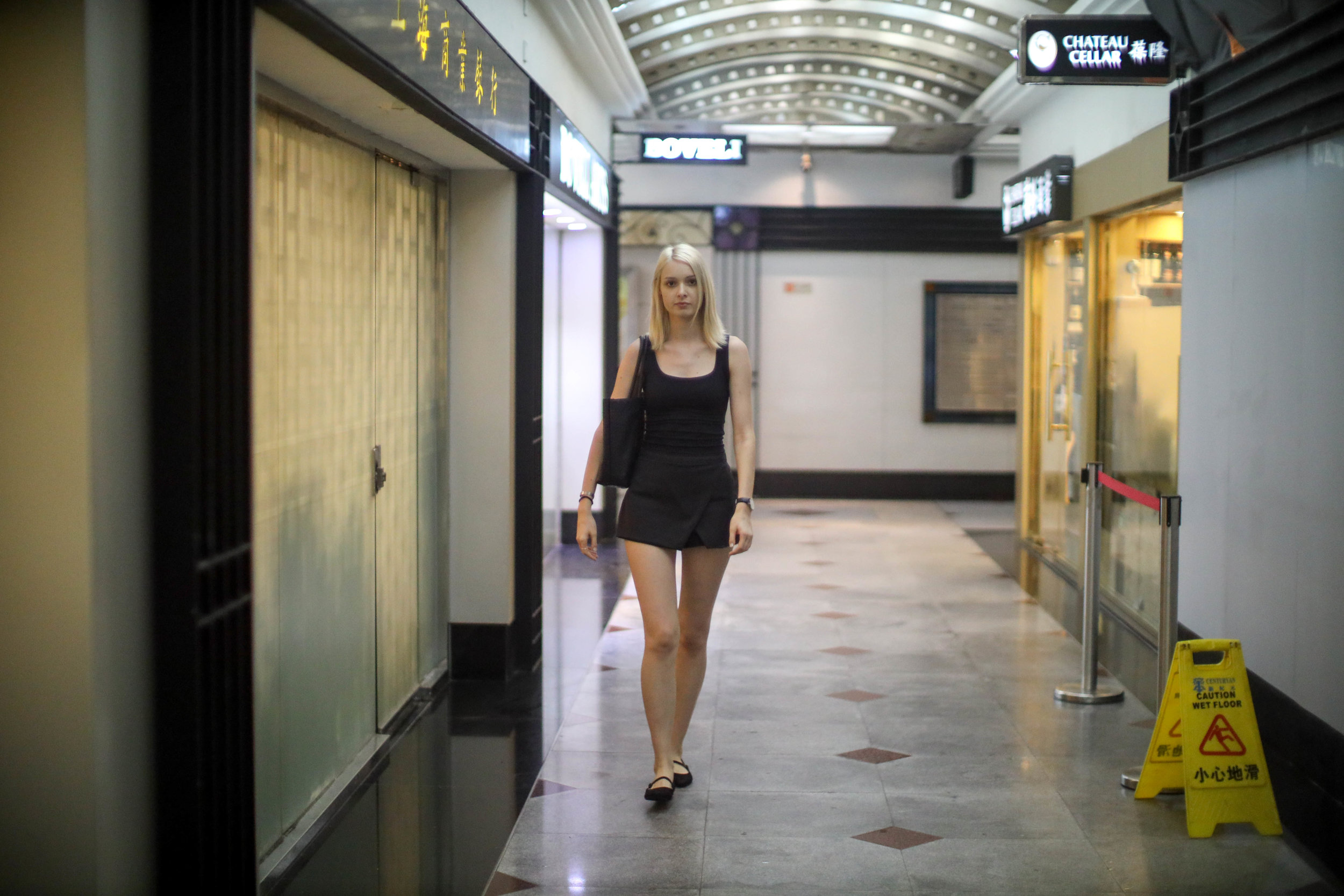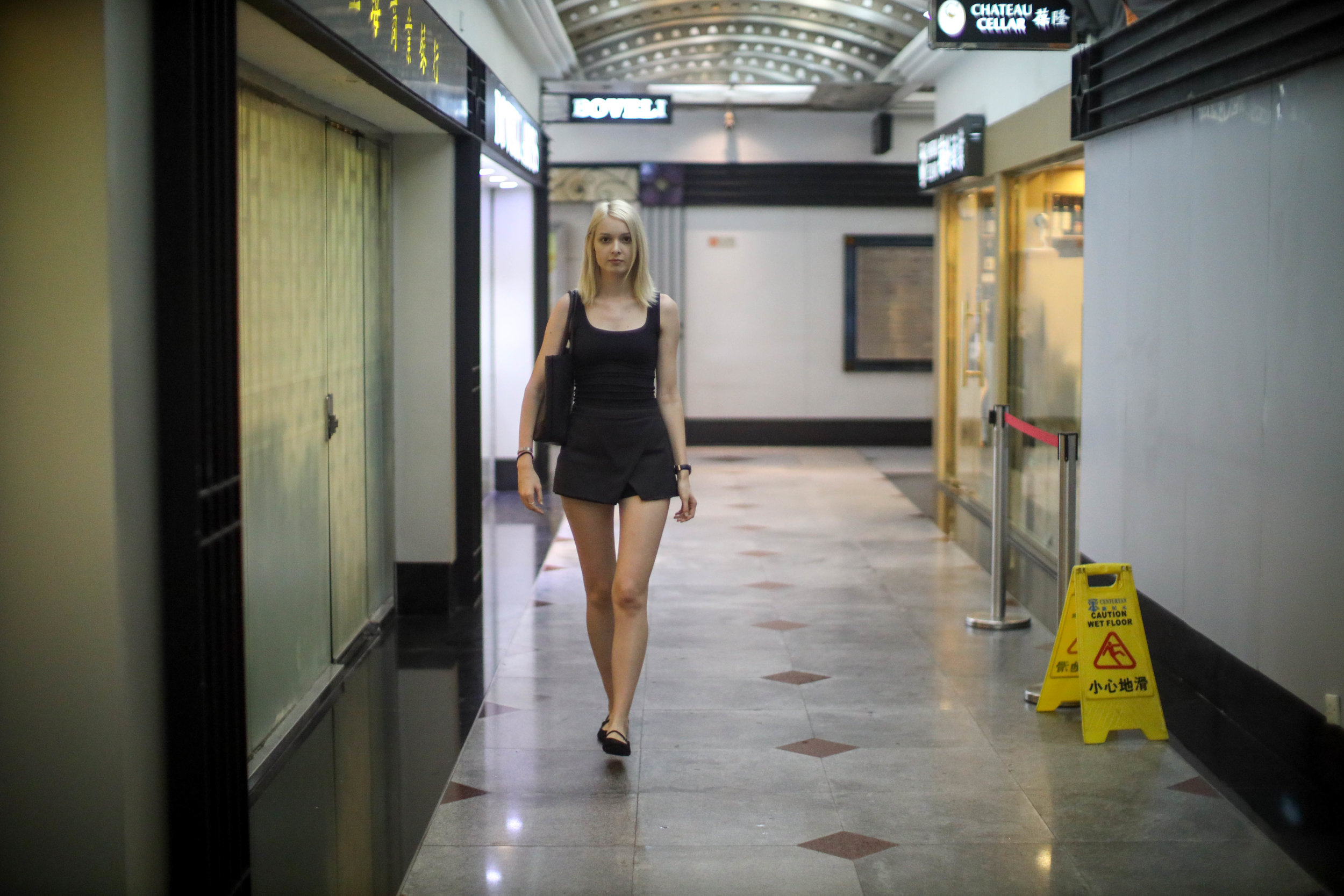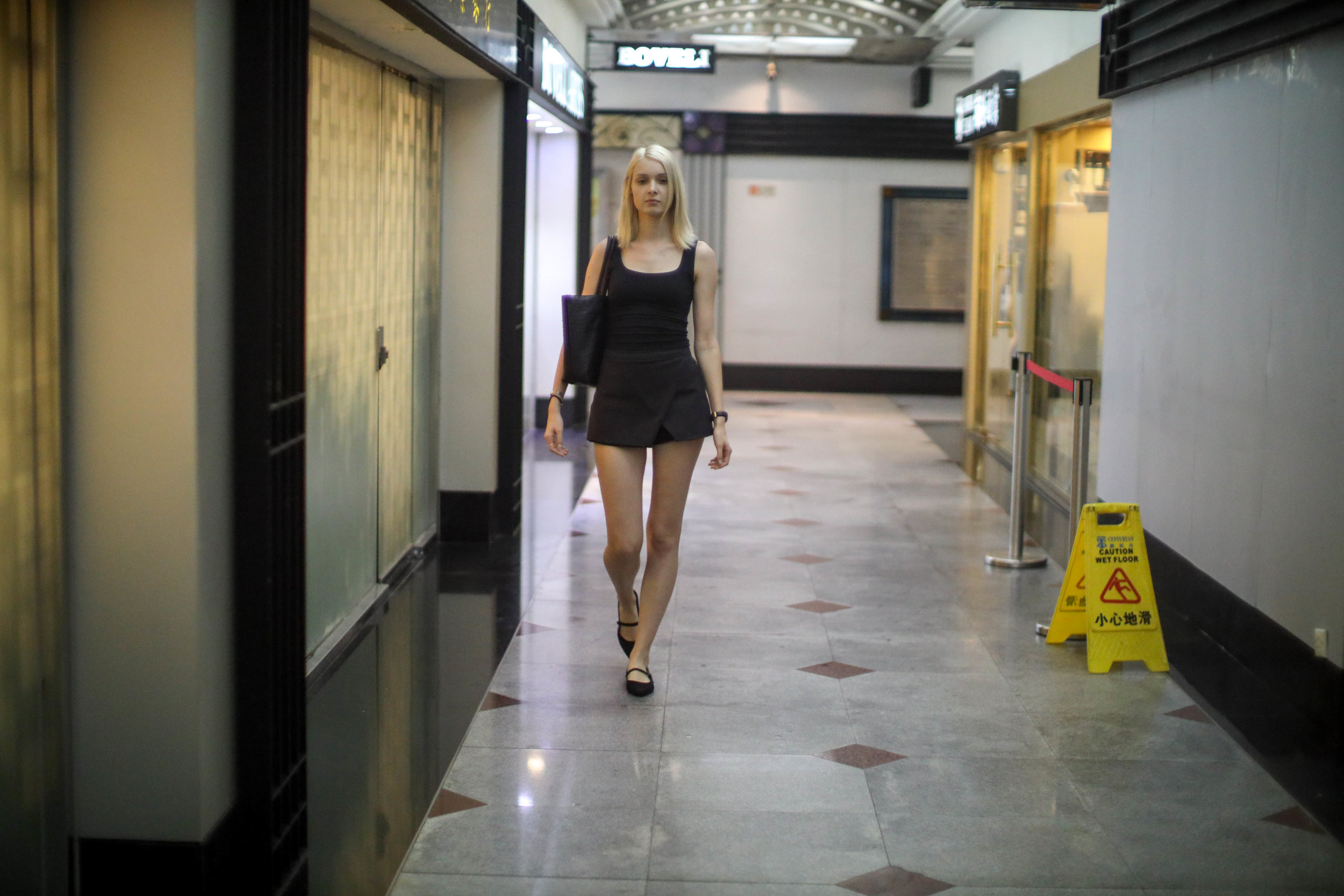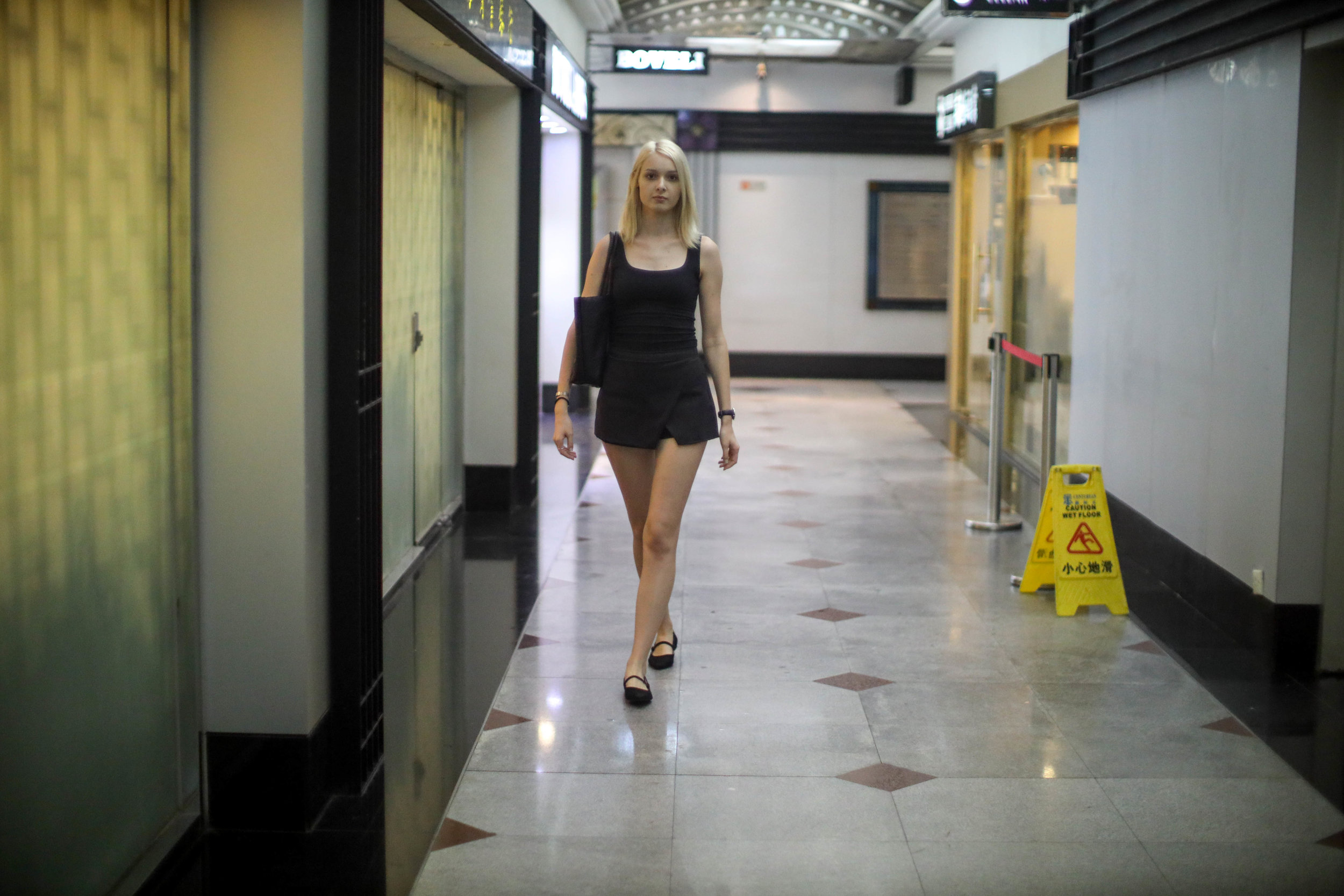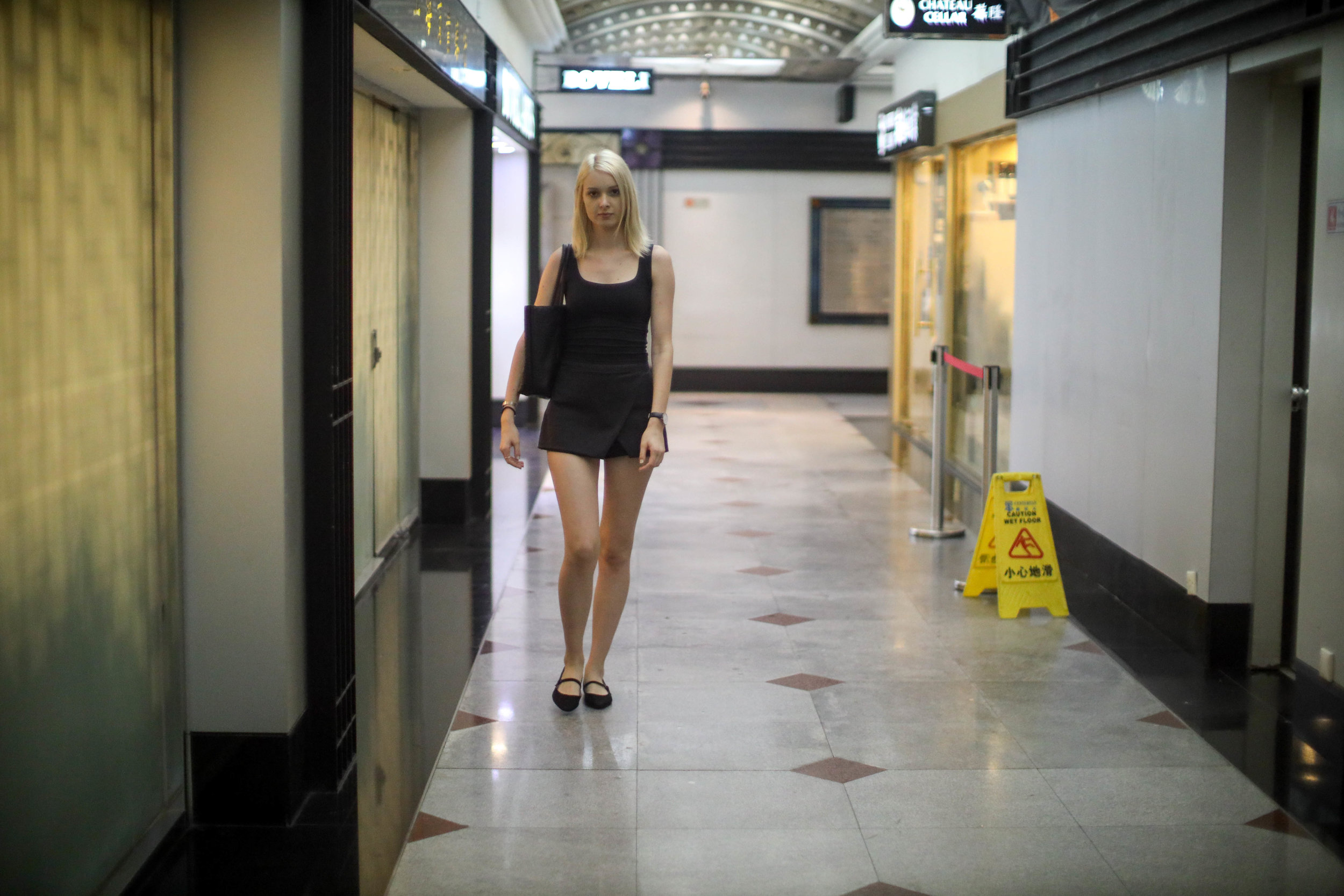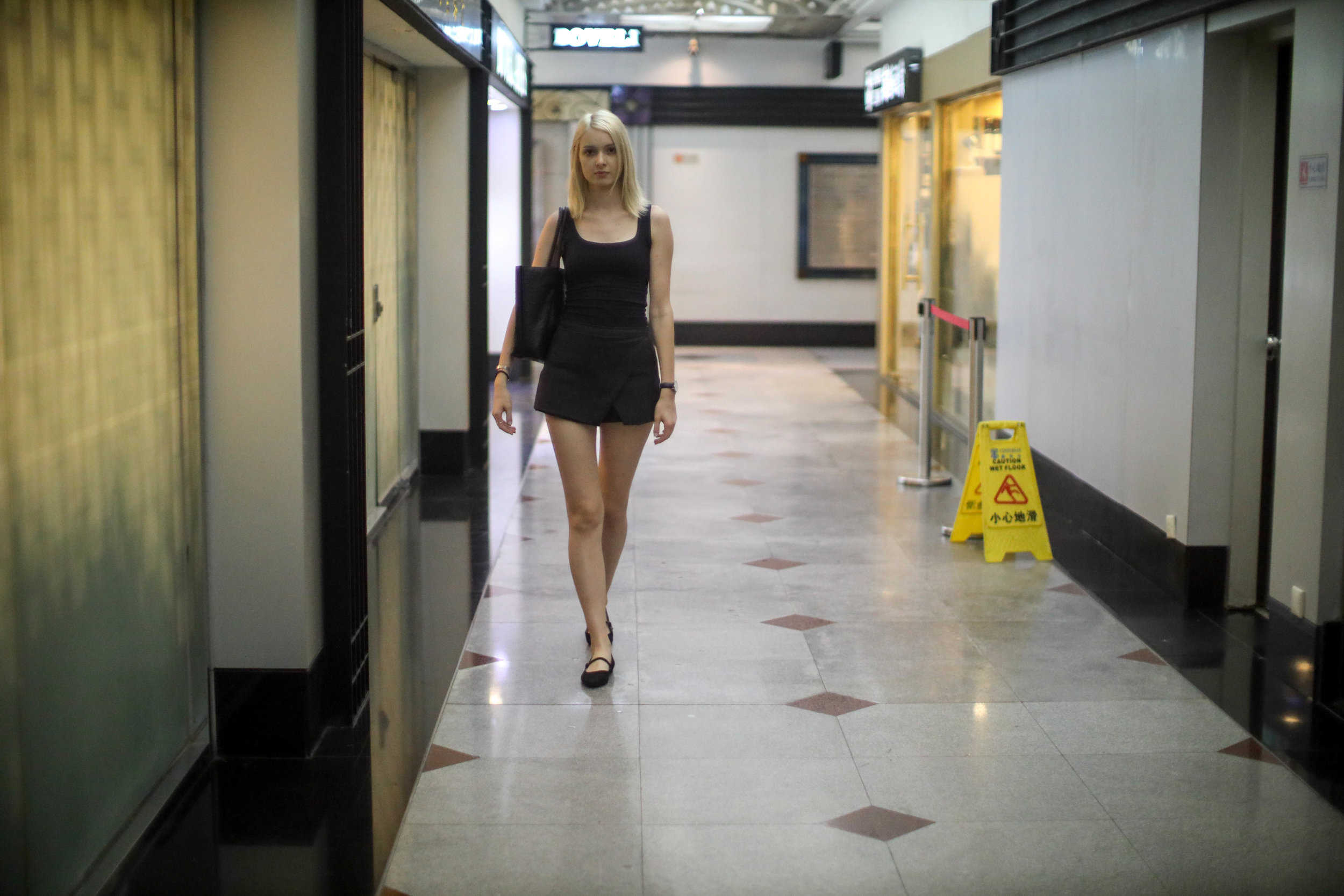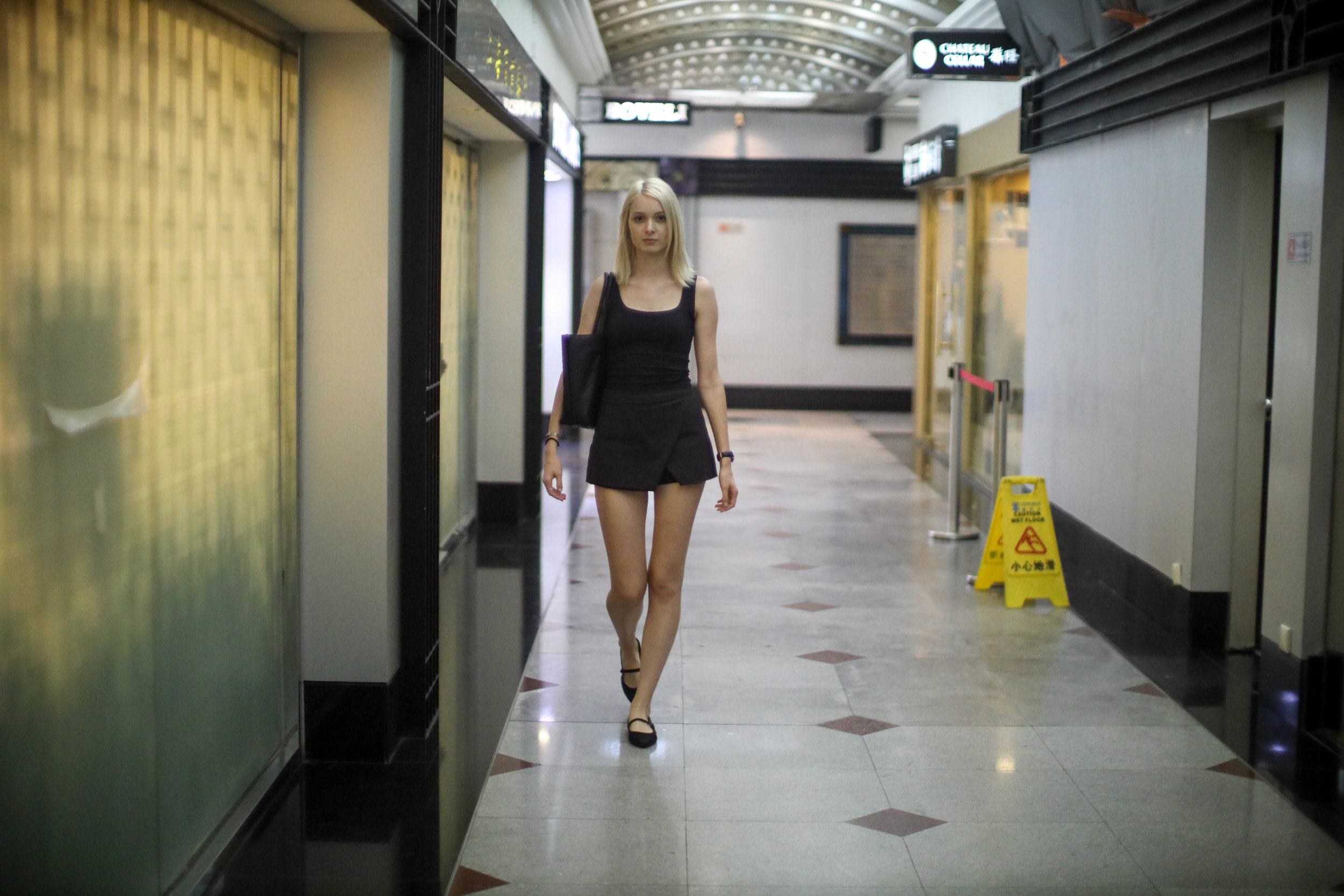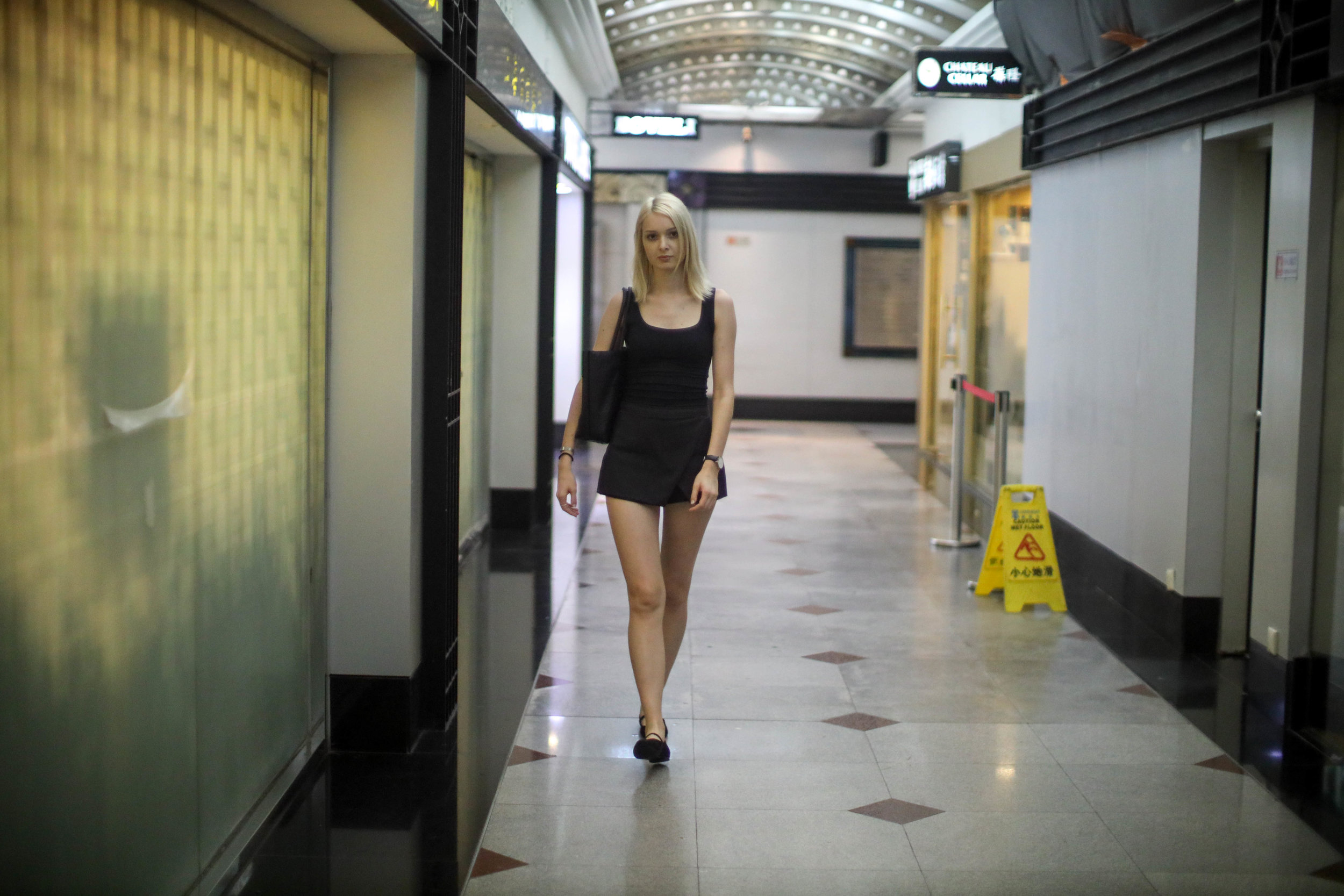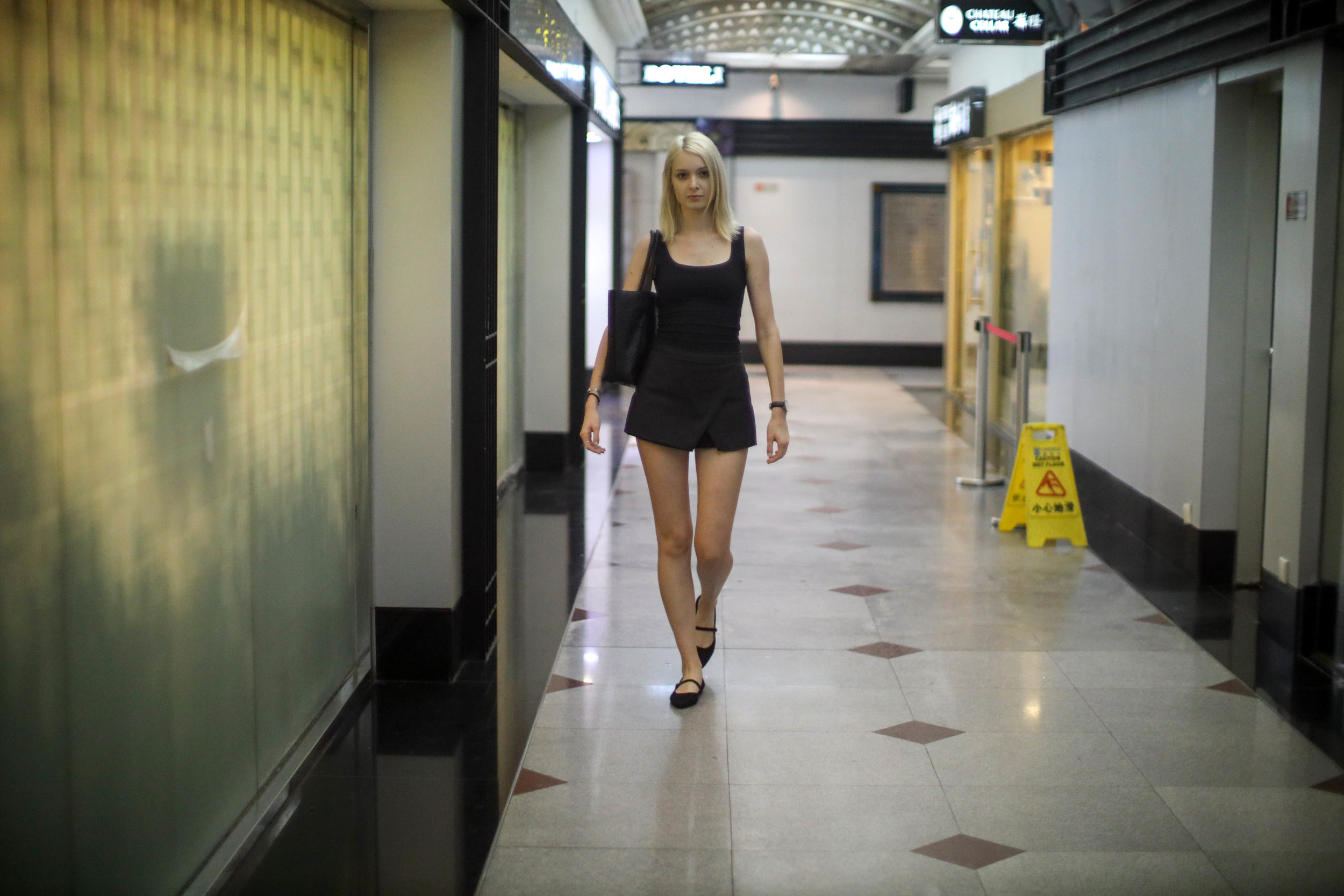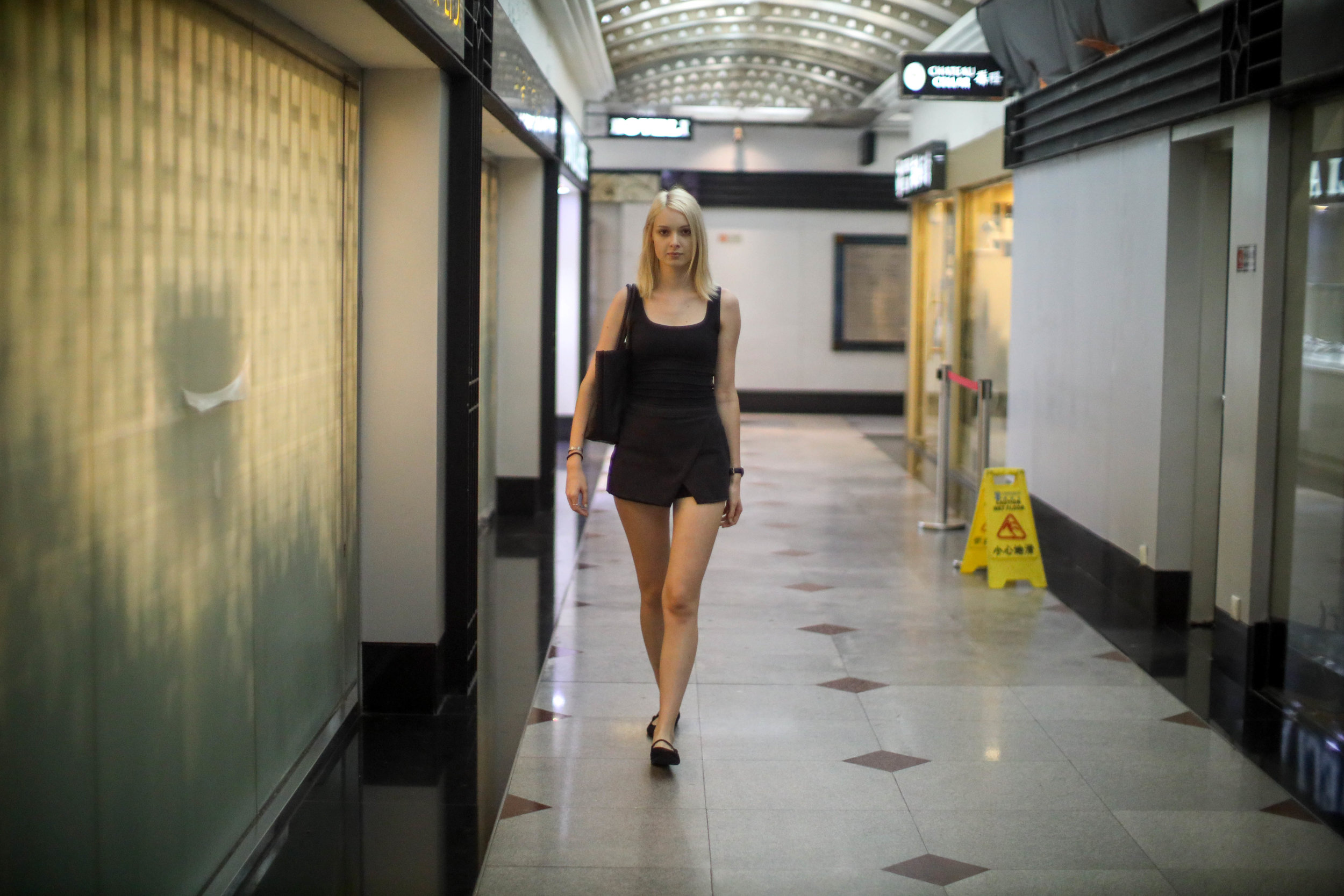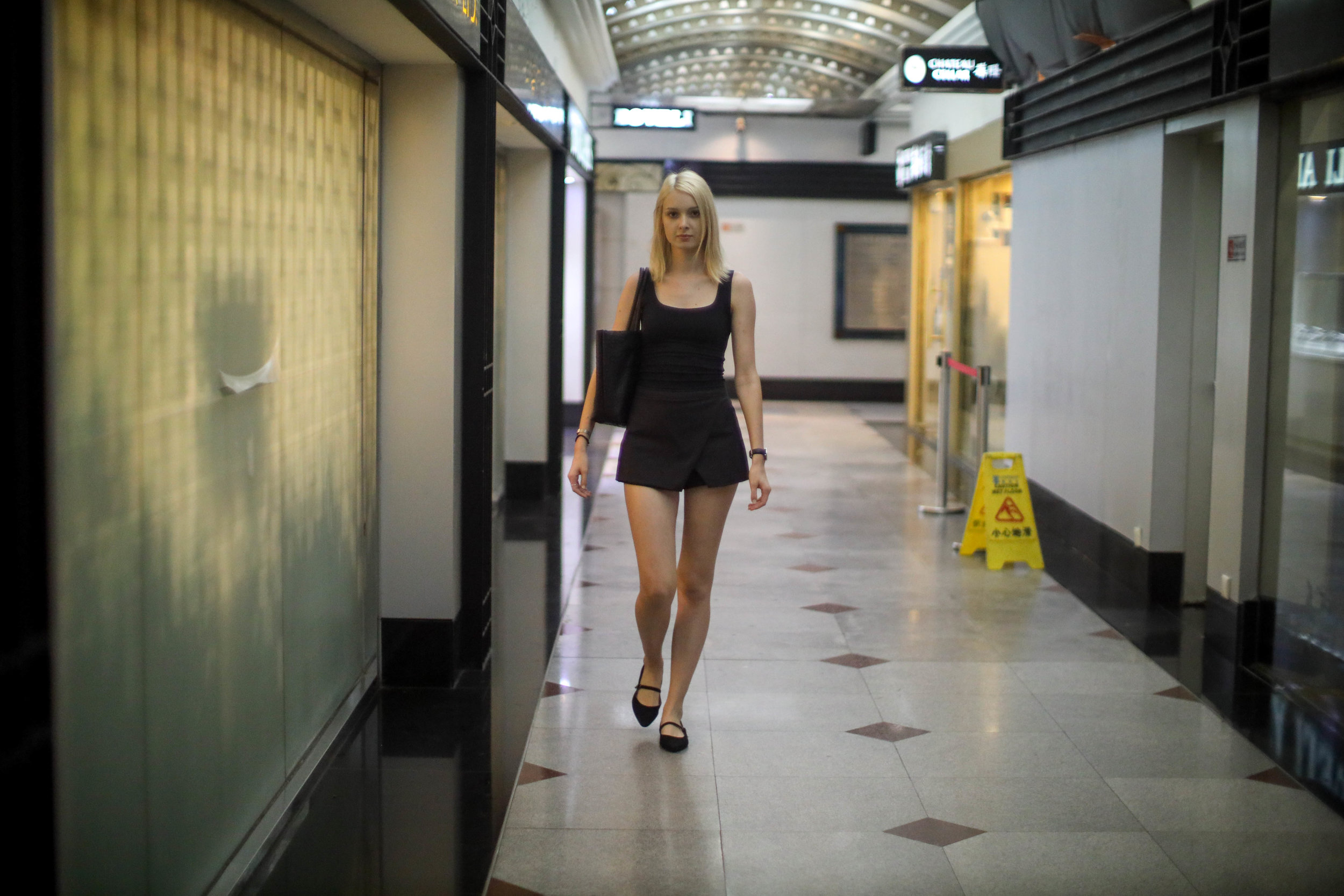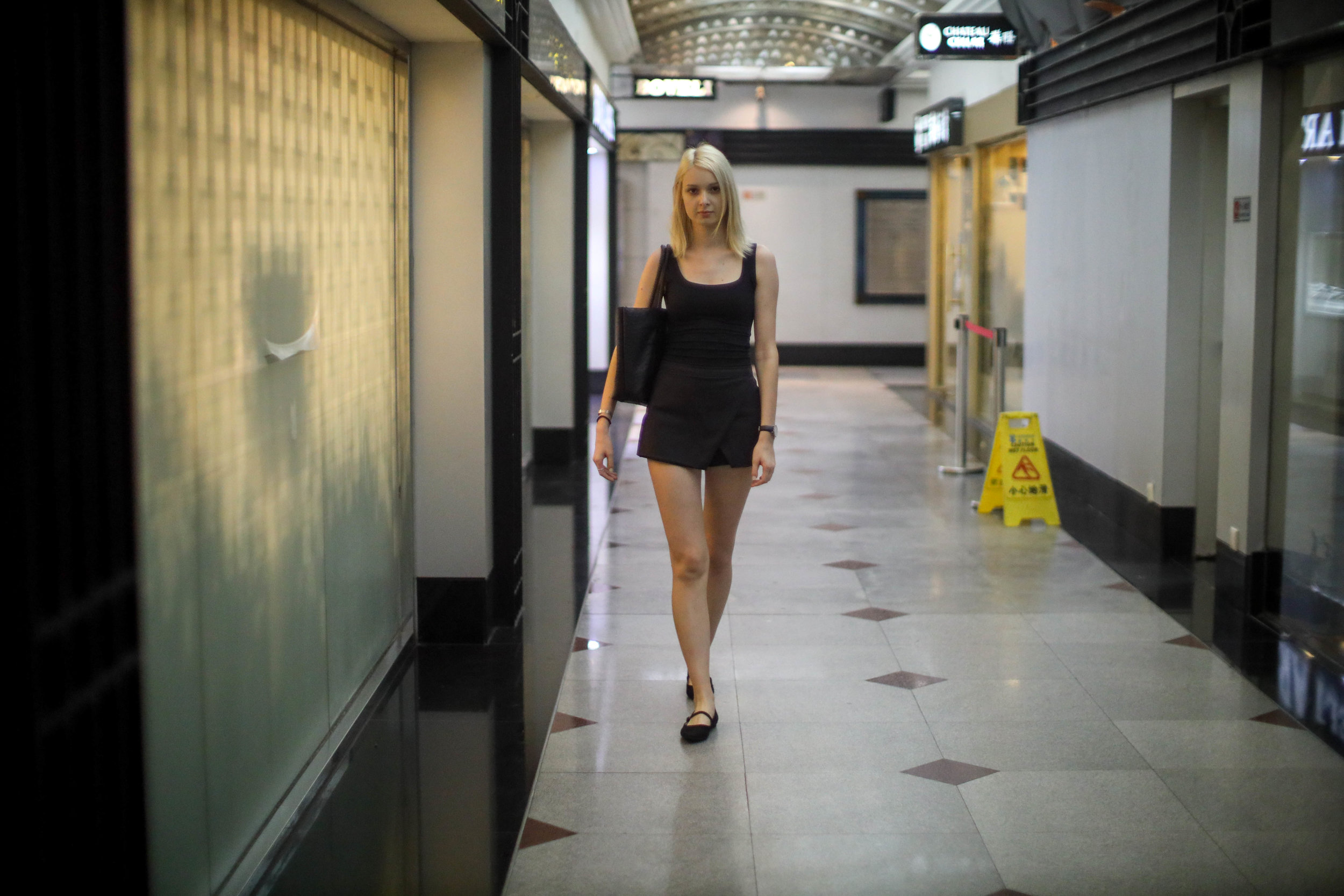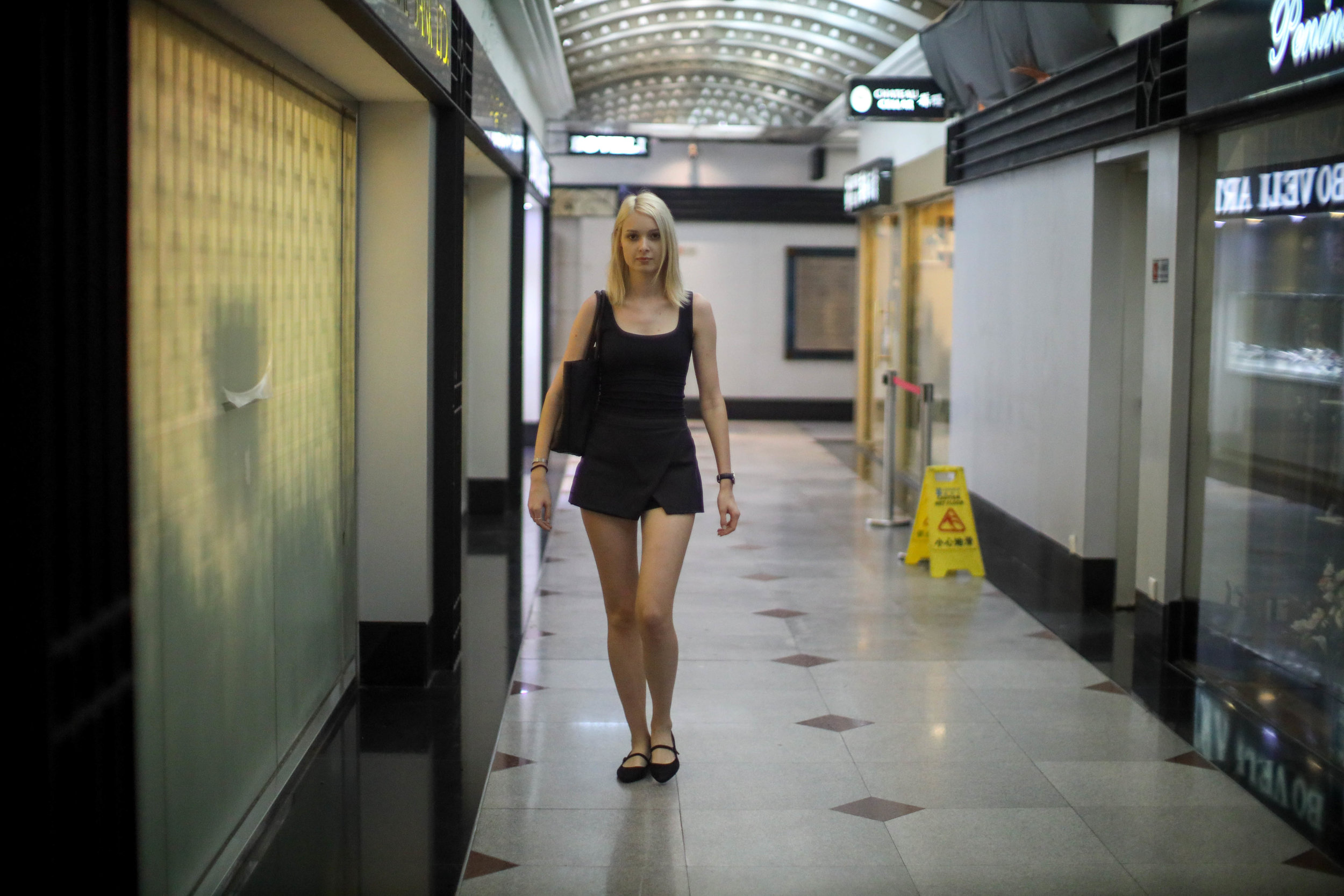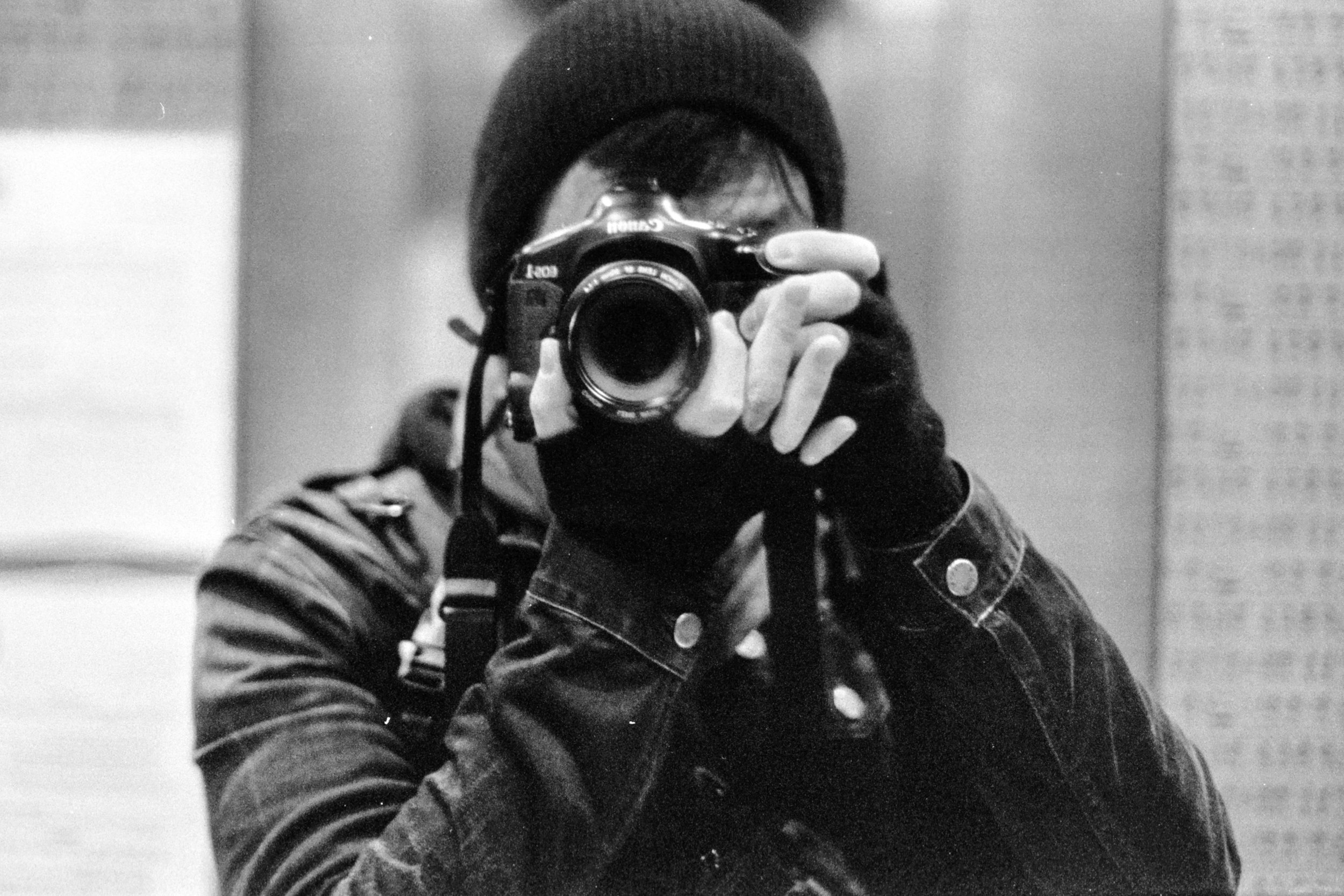Canon EOS R - A Question of Adaptation
Over the next couple of weeks, there will be many reviews of the Canon EOS R. For the most part, they will all be gushing more or less the same praises. The Canon EOS R is a phenomenally good camera - end of discussion. Knowing that, I will do my best not to sound redundant in repeating what the herd is reporting. Instead, what I intend to offer is a review of the Canon EOS R from the perspective of a Leica rangefinder photographer.
In other words, I will be adapting it to a Leica lens. Of course, that might be difficult, considering how a Leica M-mount to Canon EOS R adapter has yet to be released. With that being said, the Canon EOS R is shipped with a Canon EF-mount to Canon EOS R adapter, and I have a Leica R-mount to Canon EOS (EF) adapter. That means I can adapt a Leica R-mount lens onto the Canon EOS R, which optically is just as meaningful as a Leica M-mount lens.
That said, I hardly think that adapting Leica lenses is the knee-jerk reason spurring people to get the Canon EOS R. Leica rangefinders already do a good-enough-job in mounting Leica lenses - believe it or not. It’s not like we need to reinvent the wheel to make use of Leica lenses. Rather, the rationale to consider the Canon EOS R is fill the gaps in functionality where rangefinders tend to be at a disadvantage - like autofocus at telephoto range.
Canon EOS R + Canon EF 50mm f/1.0L @ f/1.0
Canon EOS R + Leica 50mm f/1.4 Summilux-R (E60) @ f/1.4
Sony A9 + Leica 50mm f/1.0 Noctilux-M @ f/1.0
Sony A9 + Canon EF 50mm f/1.0L - I goofed, since this image was shot at f/5.6.
Canon EOS R + Canon EF 50mm f/1.0L @ f/1.0
Canon EOS R + Leica 50mm f/1.4 Summilux-R (E60) @ f/1.4
Mind you, I won’t be going the extra distance in testing the autofocus experience with a telephoto lens, for this review. That would be excessive. Not only would a big white lens attract too much attention, the increased shooting distance to accommodate a properly composed photograph for such a lens would significantly multiply the probability of photobombing. Besides, I had to stick to the 50mm focal range - for the sake of practical considerations for this comparison.
For this review, the Canon EF 50mm f/1.0L was selected as my control to establish the rendering and user experience of native lenses on the Canon EOS R. To evaluate the adaptability of the Canon EOS R, the Leica 50mm f/1.4 Summilux-R (E60) was selected. To provide a base level comparison for the Leica system, the Leica 50mm f/1.0 Noctilux-M was selected. And for the sake of curiosity, two comparison shots on the Sony A9 were also included.
It should also be noted that I purposely selected the Canon 50mm f/1.0L. After all, it was Canon’s first EF lens for their EOS system. The Canon 50mm f/1.0L, being a focus-by-wire lens had always been somewhat finicky to focus at maximum aperture. I figured if the Canon EOS R could handle this lens, it would probably be able to handle a telephoto lens. Plus, it doesn’t hurt that the 50mm f/1.0L, at maximum aperture, would probably give the 50 Noct’s rendering a run for its money.
Canon EOS R + Canon EF 50mm f/1.0L @ f/1.0
Canon EOS R + Leica 50mm f/1.4 Summilux-R (E60) @ f/1.4
Canon EOS R + Canon EF 50mm f/1.0L @ f/1.0
Canon EOS R + Leica 50mm f/1.4 Summilux-R (E60) @ f/1.4
Canon EOS R + Canon EF 50mm f/1.0L @ f/1.0
Canon EOS R + Leica 50mm f/1.4 Summilux-R (E60) @ f/1.4
With regards to the autofocus of the Canon EOS R, it is phenomenally better than the Canon 5D Mark IV. To provide context, it’s like the autofocus of the 5D IV in live view - only better - since it can be seen through the viewfinder, and since there’s no blackout between continuous frames. When set to SERVO AF tracking, getting and keeping focus is accurate and consistent. In fact, it can acquire focus from much further shooting distances than the Sony A9.
As for the rendering of the Canon EOS R, I find the color balance much more manageable in post than the color files of the Leica M10, whether paired with native Canon lenses or adapted with R-mounted Leica lenses. In my opinion, the colors on the Canon EOS R appears more lifelike and noticeably warmer than the colors reproduced on the Leica - especially under poor indoor light conditions. That said, I haven’t shot the Canon outdoors yet under ideal light.
Originally, I also wanted to include the Sony A9 in this comparison. Unfortunately, I brought along the wrong adapter. Instead of bringing a Leica R to Sony FE with me, I mistakenly brought a Leica M to Sony FE. As such, I couldn’t quite get apples to apples comparison between the Canon EOS R and the Sony A9. Still, from what little I could extrapolate from my goof-up, I can see the sensor on the Canon EOS R isn’t any worse than the one on the Sony A9.
Canon EOS R + Canon EF 50mm f/1.0L @ f/1.4
Canon EOS R + Canon EF 50mm f/1.0L @ f/1.4
Canon EOS R + Leica 50mm f/1.4 Summilux-R (E60) @ f/1.4
Canon EOS R + Canon EF 50mm f/1.0L @ f/1.4
Canon EOS R + Leica 50mm f/1.4 Summilux-R (E60) @ f/1.4
Canon EOS R + Leica 50mm f/1.4 Summilux-R (E60) @ f/1.4
What is however noticeably better on the Canon EOS R than on the Sony A9 is the manual focus experience of adapted lenses. With how bright and detailed the EVF is, and how informative the guides are in focus peeking, confirming focus with magnified view is no longer necessary. I cannot begin to express how liberating it is to eliminate that one extra step. With the Canon EOS R, I can confidently acquire focus manually and compose the image - all at the same time.
The focus peeking is truly remarkable on the Canon EOS R. As you turn the focusing ring towards greater focus, the coloration of the focusing guides becomes more intense in the areas where the image is closer to reaching tack focus. And once the coloration of the focus guide loses intensity, one will know they’ve passed the point of tack focus. Thus, achieving tack focus is just a matter of feathering focus until the focusing guide peaks in intensity.
Needless to say, all the images on this blog post captured with the Leica 50mm f/1.4 Summilux-R were not assisted with magnified view. And when compared to the manual focus experience of the Leica M10 - whether through the optical view finder or the external EVF or on live view - the Canon EOS R is much better. In fact, I would go as far as saying that this manual focus experience is even better than the Leica SL (which by default means it’s better than the Sony A9).
Canon EOS R + Canon EF 50mm f/1.0L @ f/1.4
Canon EOS R + Canon EF 50mm f/1.0L @ f/1.4
Canon EOS R + Leica 50mm f/1.4 Summilux-R (E60) @ f/1.4
Canon EOS R + Canon EF 50mm f/1.0L @ f/1.4
Canon EOS R + Leica 50mm f/1.4 Summilux-R (E60) @ f/1.4
Leica M10-P + Leica 50mm f/1.0 Noctilux-M @ f/1.4
Overall, I found the Canon EOS R to be much better than what I expected. From the perspective of a Leica rangefinder photographer looking for a complementary system, the Canon EOS R is the best system I have ever used, in terms of its remarkable autofocus, manual focus experience, and color rendering. It makes me never want to use another Sony mirrorless camera or the Leica SL - which is high praise - considering I shot the Canon in JPG and not in RAW.
That said, the Canon EOS R is not perfect. For example, I find the touch bar to be gimmicky and unreliable. In addition, I would have liked an ISO dial instead of an on/off dial on the left side of the top panel. However, one feature I do like about the Canon EOS R is the new flippy LCD panel - although for a reason that one might not immediately assume. Thing is, I dislike LCD screens. And now that the LCD screen can be flipped around, I can turn it away from view.
Still, the Canon EOS R will not replace my Leica rangefinder. It’s still too big to fit nicely into my everyday camera bag. However, if I ever need to go long, like to a sporting event shooting from the stands, or an African safari where distance between myself and apex predators is advisable, the Canon EOS R is my current camera of choice. Of course, that all depends on how big Canon RF lenses will be. I can only hope that Canon does not disappoint by making them oversized.
Canon EOS R + Leica 50mm f/1.4 Summilux-R (E60) @ f/1.4
Leica M10-P + Leica 50mm f/1.0 Noctilux-M @ f/1.4
Canon EOS R + Canon EF 50mm f/1.0L @ f/1.4
Canon EOS R + Leica 50mm f/1.4 Summilux-R (E60) @ f/1.4
Leica M10-P + Leica 50mm f/1.0 Noctilux-M @ f/1.4
Canon EOS R + Canon EF 50mm f/1.0L @ f/1.4
All images tweaked in Adobe Lightroom. All Canon images shot in JPG, since Adobe Camera RAW for the new Canon CR3 files have not been released yet, and I didn’t have time to deal with the new format in Canon’s Professional Imaging software. None of the images have been cropped except for the title image.
*** UPDATE ***
I forgot to instruct you how to adapt non RF/EF lenses on the Canon EOS R. To do so, you must go into the menus, and select “release shutter without lens” (near the end). If you don’t, you will not be able to release the shutter. If you’re wondering why, it’s because the Canon EOS R assumes there’s no lens attached if you’re adapting non-native lenses, since it wasn't designed to detect it. Thus, the only way to release the shutter is to treat non-native lenses as no lens on the camera.
